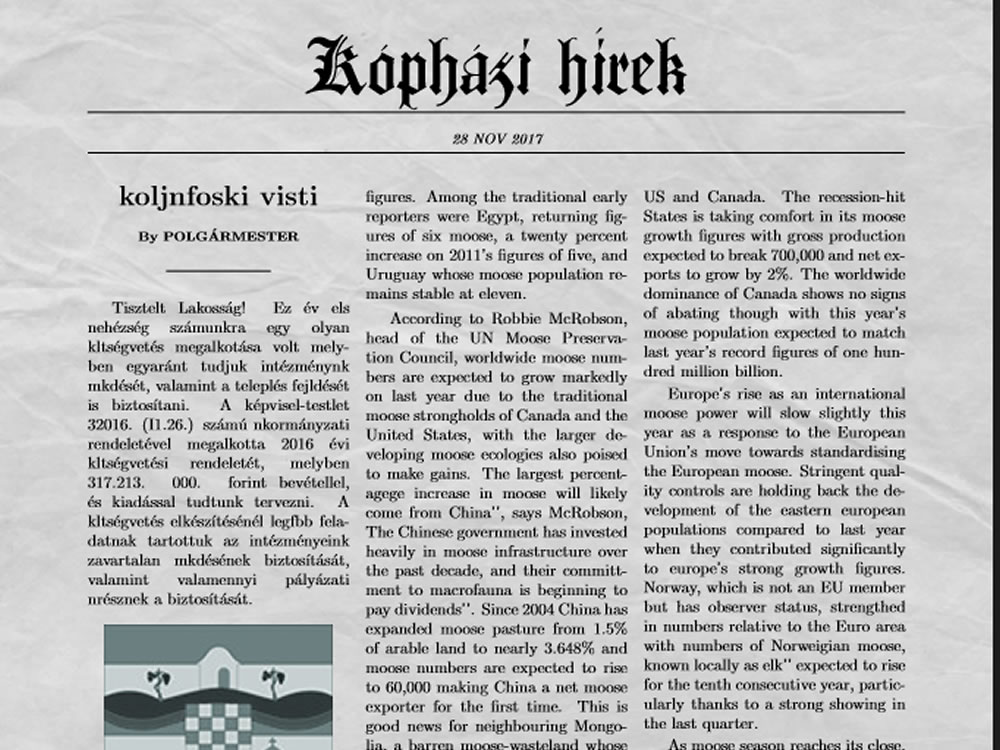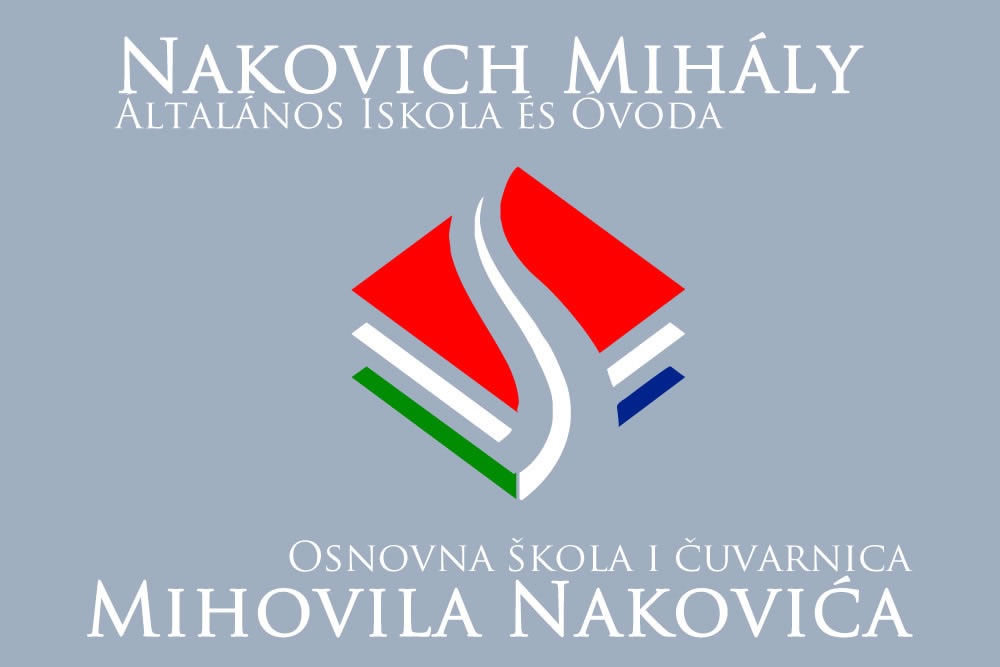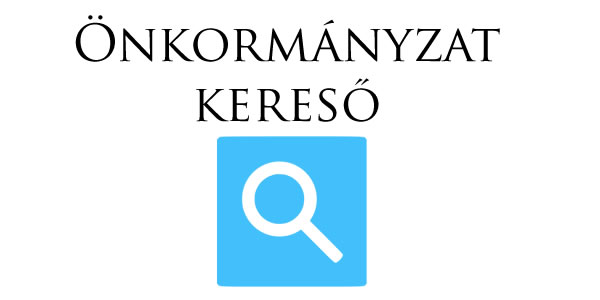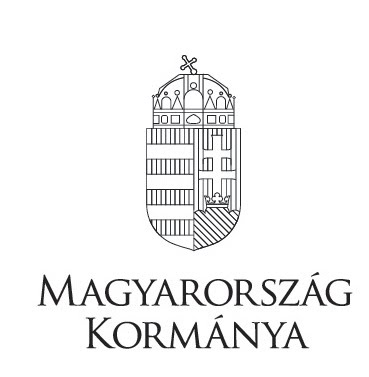A lovely legend surrounds the construction of the church.
The famous farewell church of Kópháza stands along the national road leading to the old
Nagycenk.
A legend is attached to its origin.
Count Ferenc Nádasdy lived around the middle of the XII. century, the country judge of
Hungary, whose estate the village belonged to. Kópháza was still Kolbenhof at the time, but in
Hungarian it was already called Kópháza from 1631. The count had 11 living children, of whom
he loved Eleonora the most, the fragile, charming little girl who was constantly sick. Many
doctors were called to him, but none of them could cure him. The father was advised to let the
child spend a lot of time in the fresh air.
At the time, a small chapel stood on the site of today’s shrine church, where little Eleonora used
to rest when she was tired from walking. She must have been 14 years old when, on one such
occasion, sitting on the only small wooden bench in the chapel, he looked up at the small statue
of the „black” Virgin Mother and asked her to give her health. She also made a vow that if the
Virgin Mother helps her, she won’t marry and devote her life to the service of God, like Margit
Árpádházi.
And really. The child, who had been sick until then, became stronger and healthier, growing
into a beautiful big girl to the great joy of her parents. However, she didn’t dare to tell anyone,
not even her parents, about her vow of virginity made in the small chapel. The young people
flocked to her father’s house, among whom Wesselényi stood out with his dashing figure and
high knowledge. Love developed between the two young people. This was the beginning of the
family’s tragedy. Wesselényi asked his friend and relative, the bishop of Eger, to propose to her.
However, she said no. She admitted that she took a vow when she was 14 years old and therefore
can’t get married. The bishop reassured Eleonora by saying that she was still a child who didn’t
know anything about marriage, so she couldn’t even take a vow after thinking it through. The
bishop released the girl form the vow and advised the father to do someting good for the church
instead. The girl eventually became Wesselényi’s fiancé.
The day of the wedding dawned. Even nature shone with happiness in the Kreuzúre castle. No
one noticed that dark clouds were towering from Kópháza. Hardly had the wedding procession
left the castle gate when lightning suddenly flashed amid a great roar in the sk, and Eleonora
fell dead. The father was inconsolable.
However, time slowly healed the painful wounds, Count Nádasdy also regained consciousness
from his pain. He decided to make a worthy memory for his daughter. At first he wanted to
renovate the small chapel, but in the end he decided to build a large church. In the same year
(in 1670) he demolihed the chapel, cut down the surrounding forest, and started building the
present church. He placed the altarpiece of the old chapel in the forest on his high altar.
Pilgrims have been coming to the church since the beginning. Even a few years ago, on the day
of the church’s farewell on the 15th of August, thousands of pilgrims came singing from Sopron
on foot to profess their faith in front of the altar image and ask for the blessing of the Blessed
Virgin Mary. Based on the writings of Endre Csatkai and Adolf Mohl














